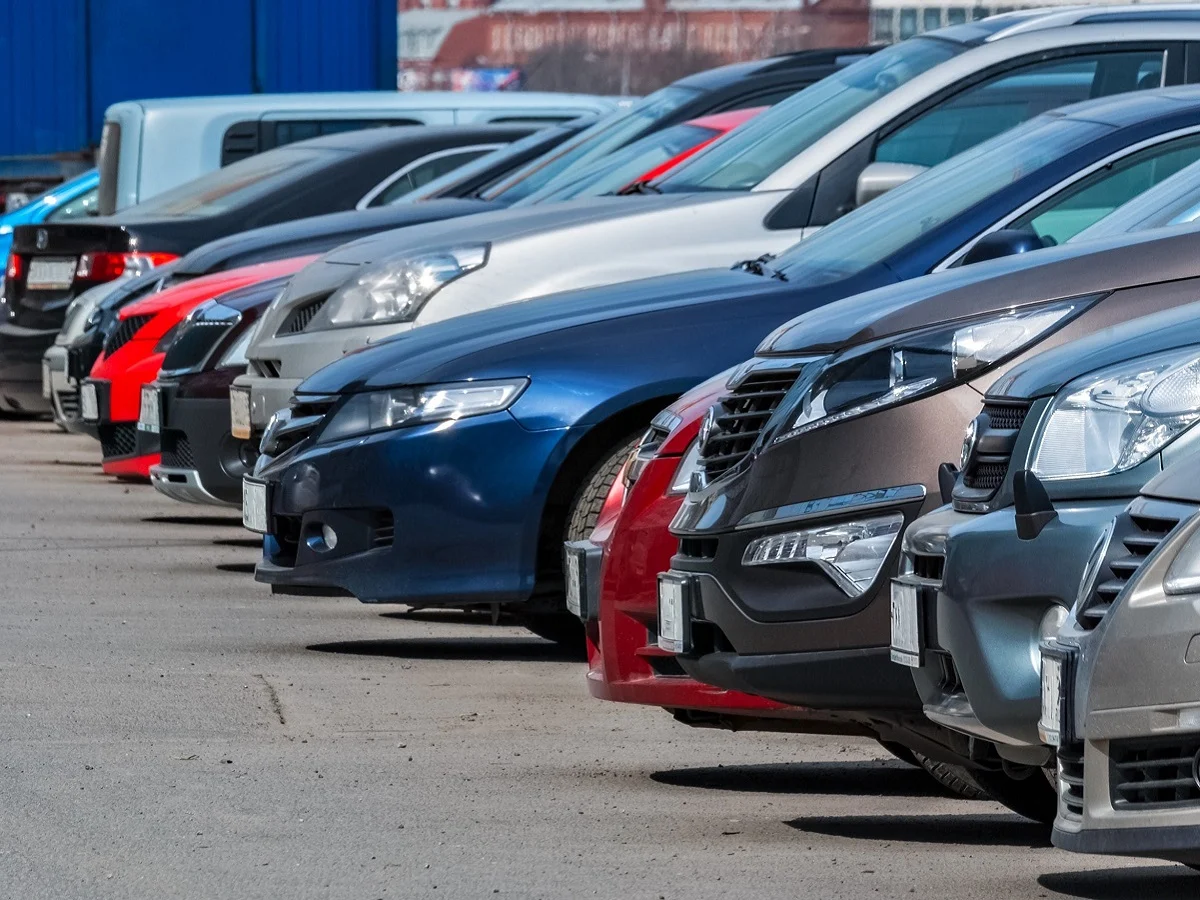The automobile industry is one of the most interesting markets among all that always perform interestingly. It never fails to amaze the market analysts and the auto enthusiasts. There will be an extreme decline in the prices in a month and the next will be super high. However, there isn’t a single factor to blame but many factors that influence this fluctuation.
Many automakers try hard to keep their instance and position firm in the market by adopting several approaches whereas sometimes they are left with no choice to increase the price. These price hikes may sometimes divert their customers and show a drop in the business but in other favourable market conditions, they gradually get their leads back. These ups and downs are part of the market.
In April, three significant players in the automotive industry’s constantly changing landscape are expected to make headlines. Price increases announced by Toyota, Kia, and Honda could indicate a change in the dynamics of the market and affect consumers’ wallets. There might be some legitimate reasons for them to do so. it will affect their consumers and the market position as well. Let’s explore what is causing this disturbance and what is going to happen next in this scenario.
There is a supply chain interruption
The automobile sector has been affected by the interruptions to the global supply chain, which have spread from the manufacturing facilities to the dealership lots. The persistent shortage of semiconductors is one of the main causes of these disruptions in the supply of new and used cars in Kenya and other African countries. The need for semiconductors has increased as cars become more technologically sophisticated, creating a supply-demand imbalance that hasn’t been completely closed. Due to the shortfall, automakers are being compelled to prioritize some models or trim levels while putting others on the back burner or even temporarily stopping manufacturing.
Logistical difficulties have also made the problem worse. Transportation bottlenecks about vehicle components and completed cars have been caused by port congestion, labour shortages, and shipping delays. A key component of efficiency in the automotive industry, just-in-time manufacturing, has been put to the test severely as parts arrive insufficiently or late, upsetting production schedules and driving up prices. These factors will continue to affect the automobile industry until they get settled or the automakers find alternative ways to enter the global market.
The production cost is increasing
Plastics, aluminium, and steel are among the primary raw materials used in the automotive industry. The bottom lines of automakers have been severely hurt by the continual growth in material costs, which is being caused by reasons including growing global demand, supply chain disruptions, and geopolitical concerns. Due to supply shortages and tariffs, steel prices have increased significantly, which has resulted in significant increases in vehicle production costs.
Whereas, a change in material perceptions has resulted from the drive for sustainability and the use of electric vehicles (EVs). When it comes to improving the fuel efficiency and range of electric vehicles (EVs), lightweight materials like carbon fibre and aluminium are more expensive than conventional steel. For automakers, the transition to greener materials adds yet another level of cost complexity as they must strike a compromise between environmental objectives and commercial viability. All these factors seem extremely reasonable to support the price hikes in the car models.
Inflation puts pressure on further price hikes
Much like the rest of the economy, the car sector is plagued by the threat of inflation. Inflationary pressures that affect consumers are caused by rising expenses on several fronts, including labour, transportation, energy, and commodities. Due to increased operating and input costs, automakers must modify their pricing strategy to stay profitable.
Moreover, global economic concerns and currency swings worsen inflationary challenges. Exchange rate fluctuations can affect the cost of importing raw materials and components, further compressing the profit margins of global automakers. Maintaining a competitive advantage in the market while adjusting prices is necessary to navigate these inflationary pressures.
How will it affect the customers?
Consumer purchase prices increase as a result of supply chain interruptions, growing material costs, and inflationary pressures. Prospective buyers’ concerns about the cost of new cars, especially those from Toyota, Kia, and Honda, affect how they make decisions. While some customers might choose to put off purchases, others might look into other choices like leasing or purchasing secondhand cars.
Because new automobiles have greater upfront expenses, individuals on a tight budget would need to reassess their financial goals or look into alternative affordable transportation options. There are wider ramifications for automakers, dealerships, and the automotive industry as a whole from this change in consumer behaviour.
Do financial concerns affect the situation?
It definitely does. As costs rise, the affordability gap gets worse. Families and individuals must make difficult decisions about mobility since they are already juggling tight resources in an unstable economy. The demand environment may change as a result of some choosing used automobiles or investigating other forms of transportation. Apart from all these instabilities, market analysts are still optimistic about the industry and that it will get back to the normal track sooner, probably by the end of this year.
Will buying behaviour change?
There will soon be a dramatic change in consumer behaviour. Prioritizing affordability, buyers could choose to explore the pre-owned market or choose brands with competitive prices. Some of the customers may move to consider used cars instead of new ones due to the price hikes while some of them may stick to the old ones. On the other hand, a few people may also consider clearing up their garages and selling their cars to cover the living costs. however, this happens in the worst cases.
In addition to affecting sales numbers, this change forces automakers to reevaluate their pricing and market positioning tactics.
What do the automakers think about it?
Automakers have to defend these price changes to their clientele in the face of this shifting market. As Toyota, Kia, and Honda negotiate the fine line between profitability and consumer happiness, open communication becomes essential. Understanding the rationale for these price increases as well as any possible advantages or incentives are essential components of this communication plan. However, considering the current situation of the economy, supply chain disruption and increasing cost of raw materials justify the strategy to increase the price. If they do not do this, the company may go bankrupt leaving thousands of workers unemployed which will put a further burden on the state’s economy.
Sum up
The automotive sector is preparing for a paradigm shift as April draws near. Difficulties and possibilities abound when supply chain disruptions, material cost increases, and inflationary pressures come together. For buyers, the challenge is to navigate a market where value and affordability are paramount. The way automakers respond to these changing trends will determine not only how successful they are but also how the automotive industry develops in the future.


Recent Comments